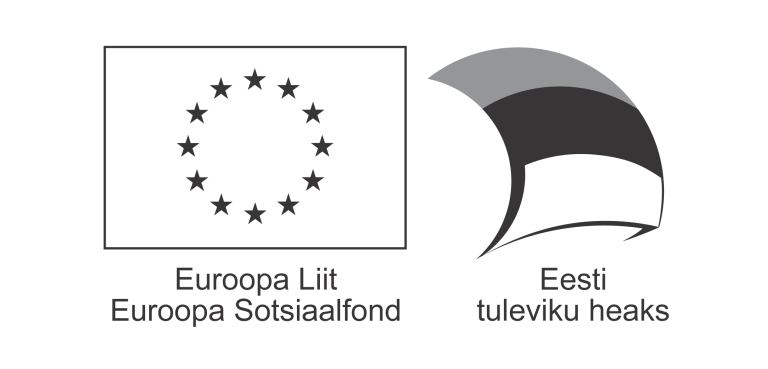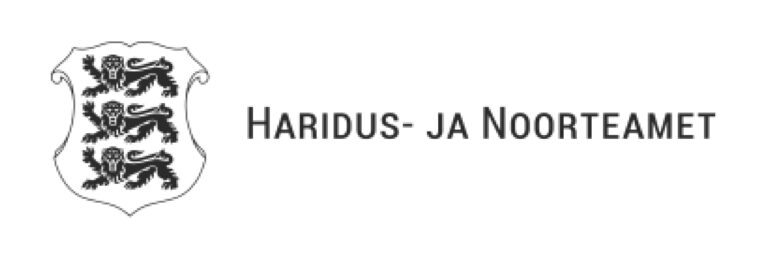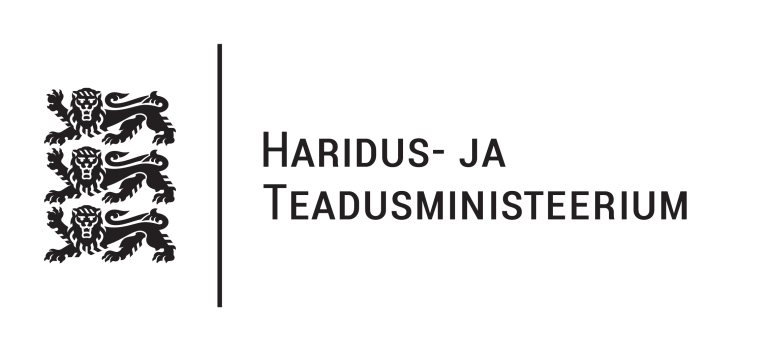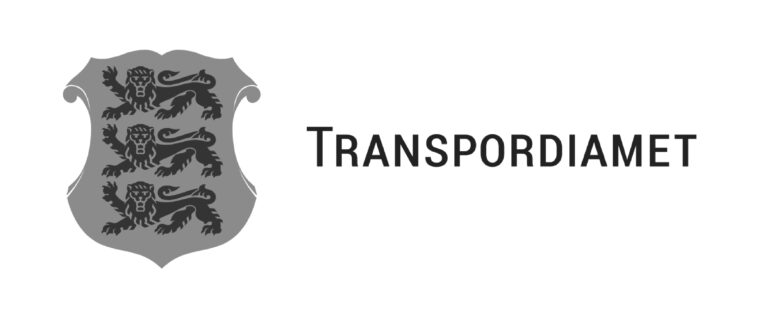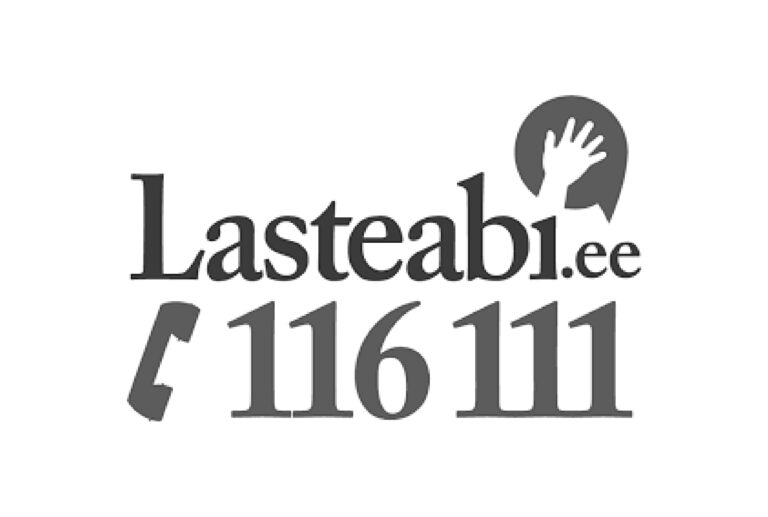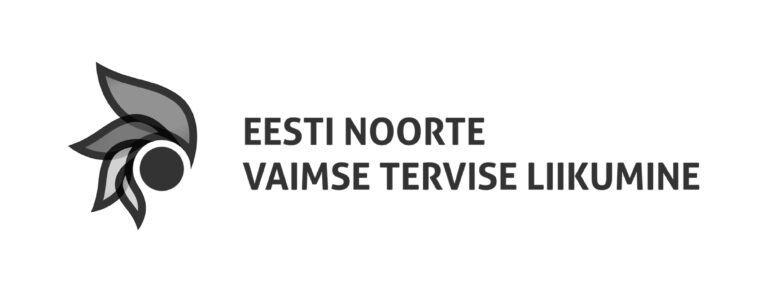Remuneration for work in generally paid to the employee’s bank account. The amount that is transferred to your bank account is agreed between you and your employer. The remuneration paid for work or wages must be specified in your contract of employment.
In 2022, the minimum monthly wage in Estonia is 654 euros and the minimum hourly wage rate is 3.86 euros.
● Time-work or piece-work?
In most cases, wages are paid for time-work, i.e. at an hourly rate or monthly. However, employers may also pay employees for piece-work. In such a case, remuneration is paid for the performance of certain duties within the timeframe and in the quantity agreed.
Take note of and discuss with your employer the amount of your remuneration and how it is formed. Do not work until everything has been agreed!
● Gross or net?
Remuneration is provided in the employment contract as a gross amount from which taxes (income tax, unemployment insurance premium, contribution to mandatory funded pension, etc.) have not been deducted. All people – young and old – who have entered an employment contract are required to pay taxes.
Wages will be paid to you on the agreed pay day. In most cases, wages are paid on the last day of the current month or within the first days of the following month. Generally, wages are transferred to the employee’s bank account and the amount transferred is the net amount, i.e. taxes have been deducted from it.
● Be cautious about cash remuneration!
Even though employers allowed to pay wages in cash, it is recommended to avoid it. Such payment of wages is later difficult to prove should any problems arise.
This article was compiled on the basis of information on the Working Life Portal www.tooelu.ee managed by the Labour Inspectorate.
The Labour Inspectorate is a governmental authority operating within the area of government of the Ministry of Social Affairs, that exercises state supervision and applies enforcement powers of the state on the bases and to the extent prescribed by law.
Published in the youth information portal Teeviit in 2022.

